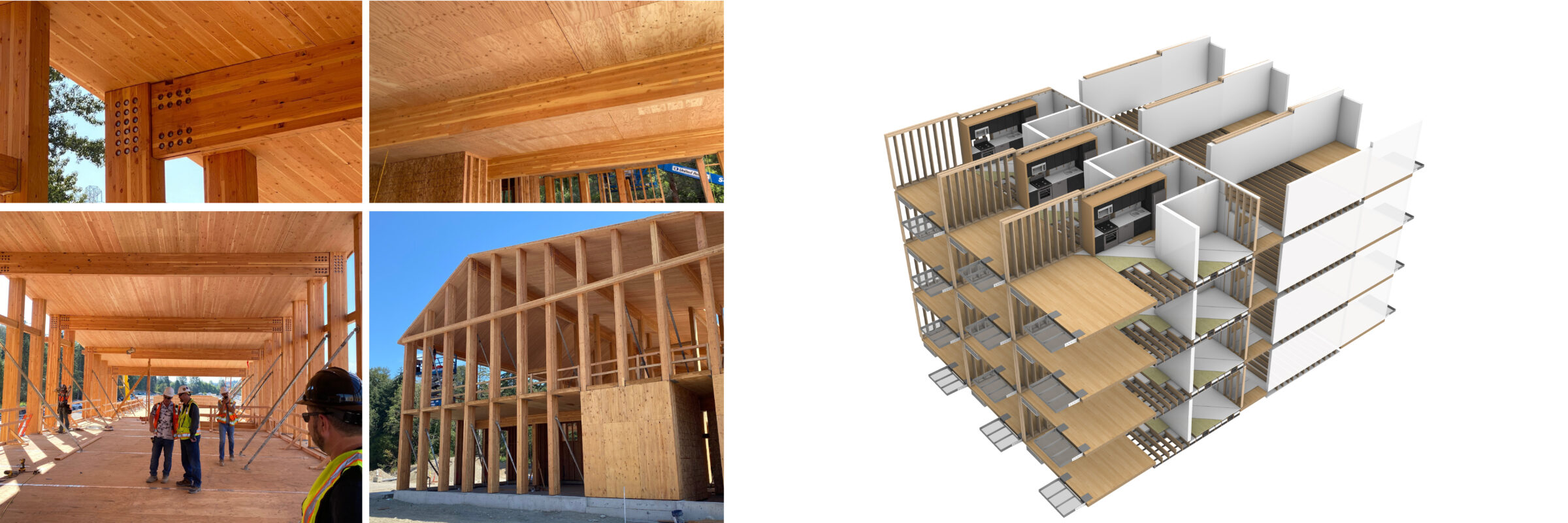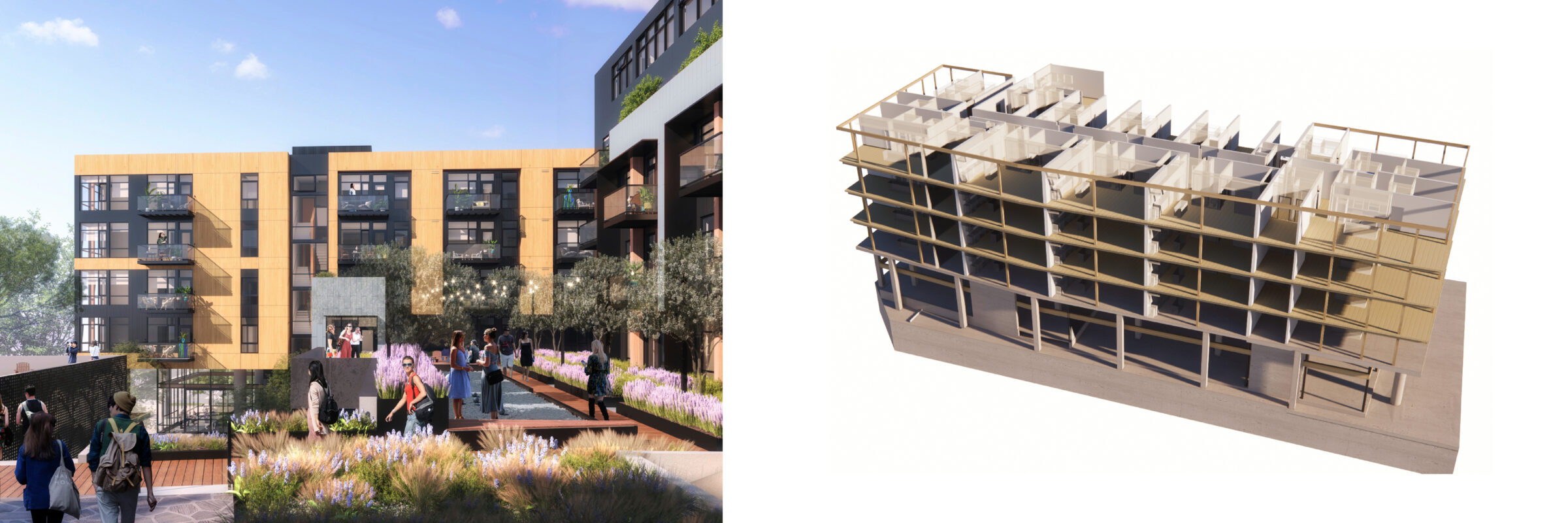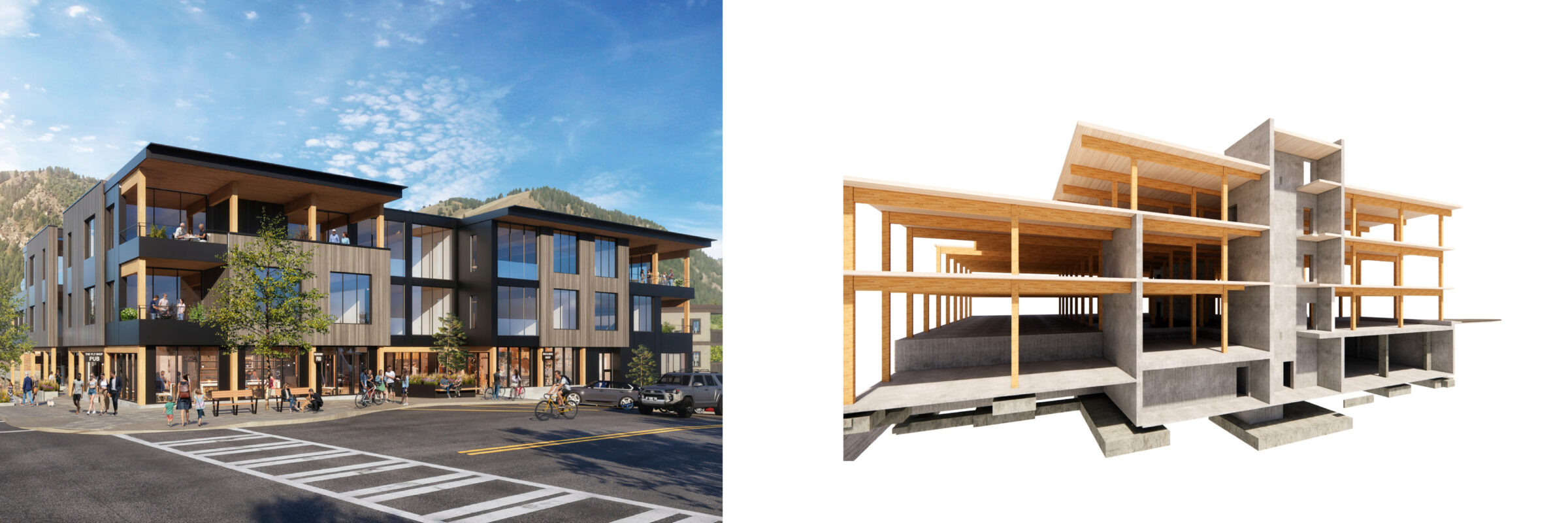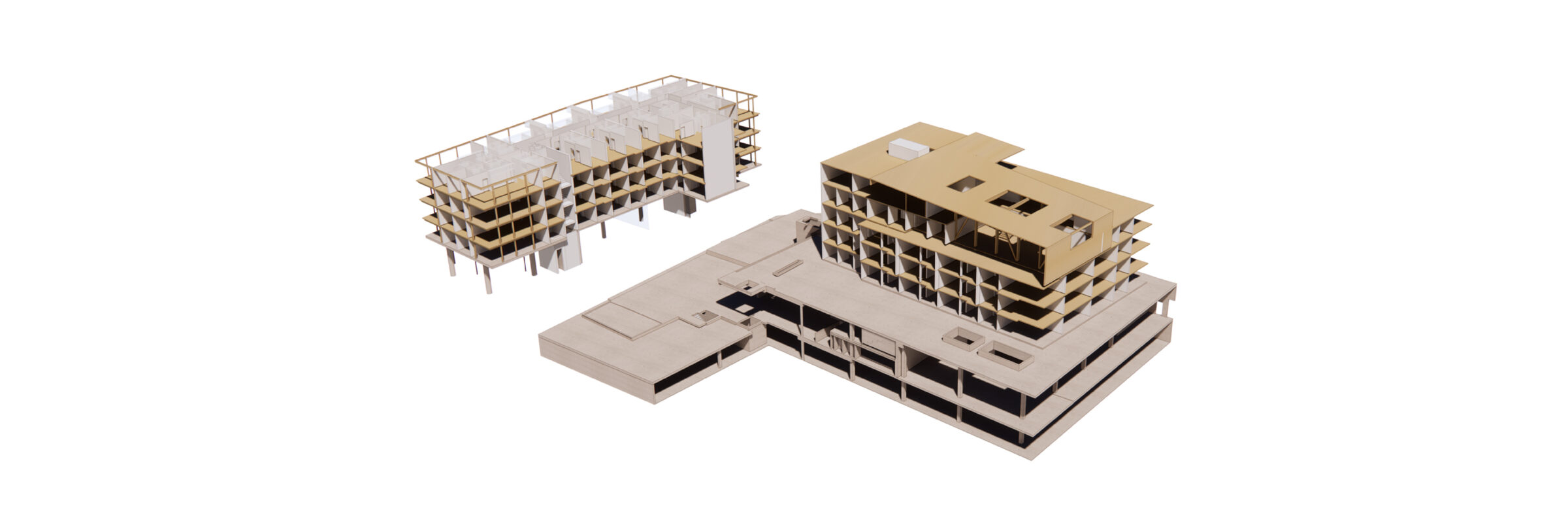Mass Timber: Applications in Urban Density
February 2, 2023 / GGLO
We use cookies to help you navigate efficiently and perform certain functions. You will find detailed information about all cookies under each consent category below.
The cookies that are categorized as "Necessary" are stored on your browser as they are essential for enabling the basic functionalities of the site. ...
Necessary cookies are required to enable the basic features of this site, such as providing secure log-in or adjusting your consent preferences. These cookies do not store any personally identifiable data.
Functional cookies help perform certain functionalities like sharing the content of the website on social media platforms, collecting feedback, and other third-party features.
Analytical cookies are used to understand how visitors interact with the website. These cookies help provide information on metrics such as the number of visitors, bounce rate, traffic source, etc.
Performance cookies are used to understand and analyze the key performance indexes of the website which helps in delivering a better user experience for the visitors.
Advertisement cookies are used to provide visitors with customized advertisements based on the pages you visited previously and to analyze the effectiveness of the ad campaigns.
February 2, 2023 / GGLO

By now I’m sure you’ve heard of mass timber, it describes a number of large, engineered wood fiber products that are manufactured into solid panels of wood. The resulting panels are highly capable and, like most wood products, attractive and compelling from a design standpoint. Mass timber’s relevance for each given project is something GGLO has been exploring over the last seven years, and in this series of blogs, I’ll be sharing our experience with this versatile and sustainable material. I’ll also offer a few lessons learned and demonstrate mass timber’s inherent design opportunities, commercial viability, and compelling role as a biogenic climate solution.

As our cities experience critical housing shortages, we embrace mass timber as a solution that offers triple-bottom-line benefits: it is biophilic, regenerative, and, when integrated properly, economically viable. Although mass timber currently has a low level of adoption in residential multifamily structures, it presents opportunities that can define and enhance the unique attributes of each given project when properly calibrated and applied.

The key to unlocking the triple-bottom-line benefits of mass timber is defining its economic relevance. In apartment communities the business case for mass timber is all about fostering livability and addressing the resident’s desire for overt sustainability while working within the parameters of cost and feasibility. By accomplishing this goal, mass timber will create and elevated brand profile for the project, resulting in heightened performance in the marketplace. A few examples we’ll be exploring include:

I will be highlighting several residential mass timber projects GGLO currently has underway. Through intensive design and technical focus, they advance and scale mass timber usage as well as benefit the end users of urban infill density.
I’m excited to share the outcome of these projects as we advance the use of mass timber as a biogenic, climate-positive solution. I’ll also be presenting The Gardens District at the upcoming International Mass Timber Conference, in Portland, Oregon on March 27–29.
